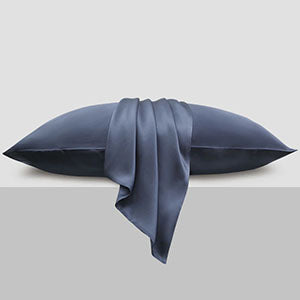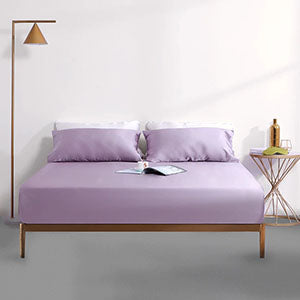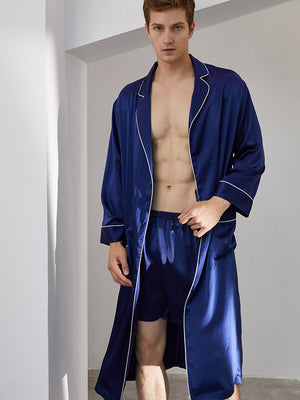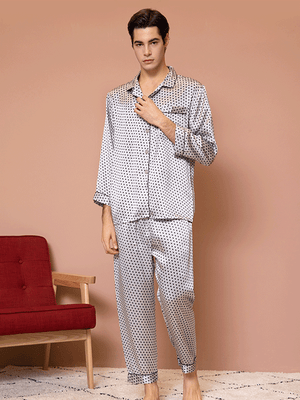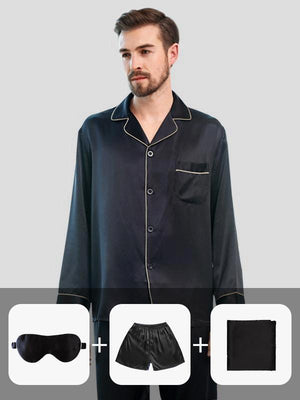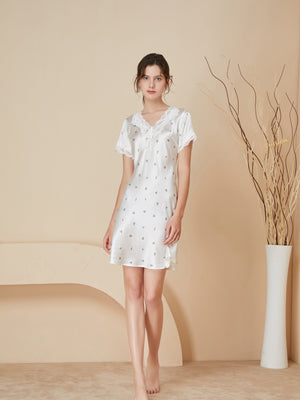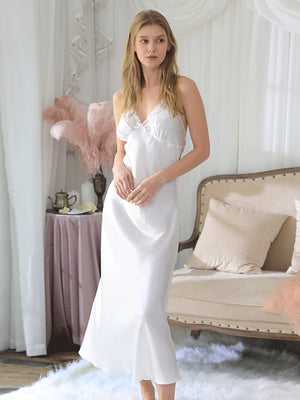Chinese Silk Robe: A Timeless Symbol of Elegance and Cultural Heritage
- by wangfred
-
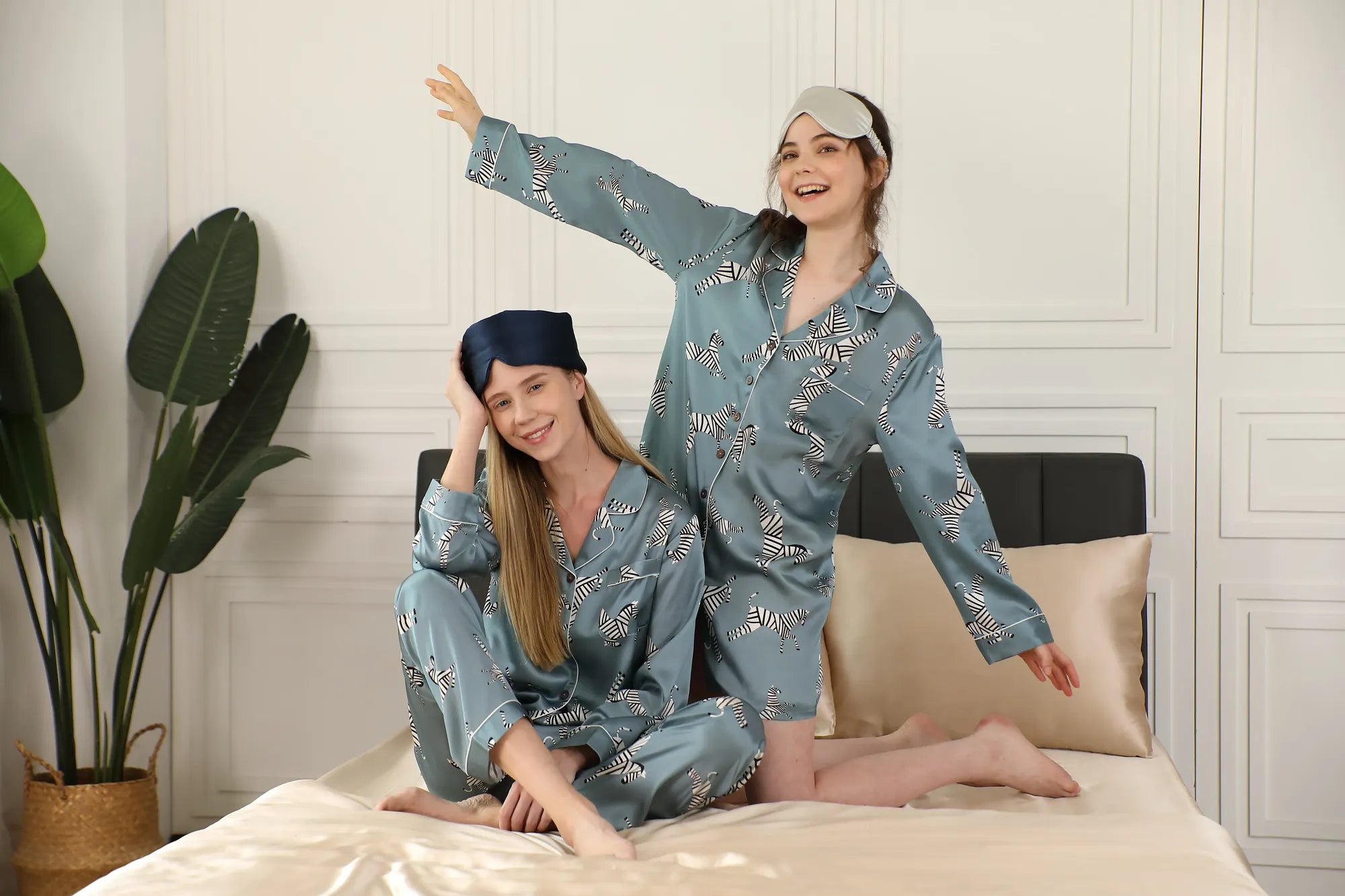
Imagine slipping into a fabric so luxurious it feels like a second skin, adorned with motifs that whisper tales of ancient dynasties. The Chinese silk robe is more than clothing—it is a wearable masterpiece, a bridge between past and present, and a testament to human ingenuity. For centuries, this iconic garment has captivated hearts worldwide, blending artistry with symbolism to create something truly timeless.
A Legacy Woven in Silk
The story of the Chinese silk robe begins over 5,000 years ago, rooted in the discovery of sericulture. Legend credits Empress Leizu with uncovering the secrets of silk production when a cocoon fell into her tea, unraveling a thread that would weave its way into history. Silk quickly became China’s most guarded treasure, a commodity so valuable it sparked the creation of the Silk Road and shaped global trade.
Imperial Prestige and Symbolism
During the Han Dynasty, silk robes evolved into markers of social hierarchy. Emperors wore robes embroidered with dragons, symbols of divine power, while officials donned hues and patterns reflecting their ranks. The Ming and Qing dynasties further refined these designs, incorporating intricate phoenixes, clouds, and floral motifs—each element a coded language of wishes for prosperity, longevity, and harmony.
The Artistry Behind the Thread
Creating a traditional silk robe is a labor of devotion. It starts with cultivating mulberry trees to feed silkworms, followed by the delicate process of harvesting and spinning filaments into thread. Master weavers then employ techniques like kesi (tapestry weaving) or su embroidery, sometimes spending months on a single garment to achieve ethereal textures and depth.
Dyeing and Embellishment
Natural dyes derived from plants and minerals produce the robe’s vibrant palette. Indigo, safflower, and gardenia create rich blues, reds, and yellows, while gold and silver leaf accents elevate ceremonial pieces. Every stitch and hue carries intention, transforming the robe into a canvas of cultural narratives.
From Imperial Courts to Modern Wardrobes
While once reserved for royalty, silk robes now grace international runways and home collections. Contemporary designers reimagine traditional silhouettes with minimalist cuts, pairing them with modern accessories for a bold fusion of eras. The robe’s fluidity appeals to those seeking versatile luxury—equally at home during a gala or a quiet evening indoors.
A Global Icon
Hollywood’s Golden Age cemented the silk robe’s status as a symbol of sophistication. Screen sarlings like Marlene Dietrich and Grace Kelly draped themselves in these garments, sparking a Western fascination that endures today. Meanwhile, museums worldwide preserve antique robes as artifacts of technical and aesthetic achievement.
Preserving a Living Tradition
Modern artisans face the challenge of balancing tradition with innovation. Schools in Suzhou and Hangzhou train new generations in ancient techniques, while sustainable practices revive organic dye methods. Collectors and historians collaborate to digitize patterns, ensuring that even the most intricate designs survive for future appreciation.
To own a Chinese silk robe is to hold a piece of living history—one that drapes the wearer in stories of innovation, identity, and beauty. Whether displayed as art or worn as a statement, it invites us to embrace a legacy where every thread shimmers with purpose. Discover how this ancient garment continues to redefine elegance in an ever-changing world.
